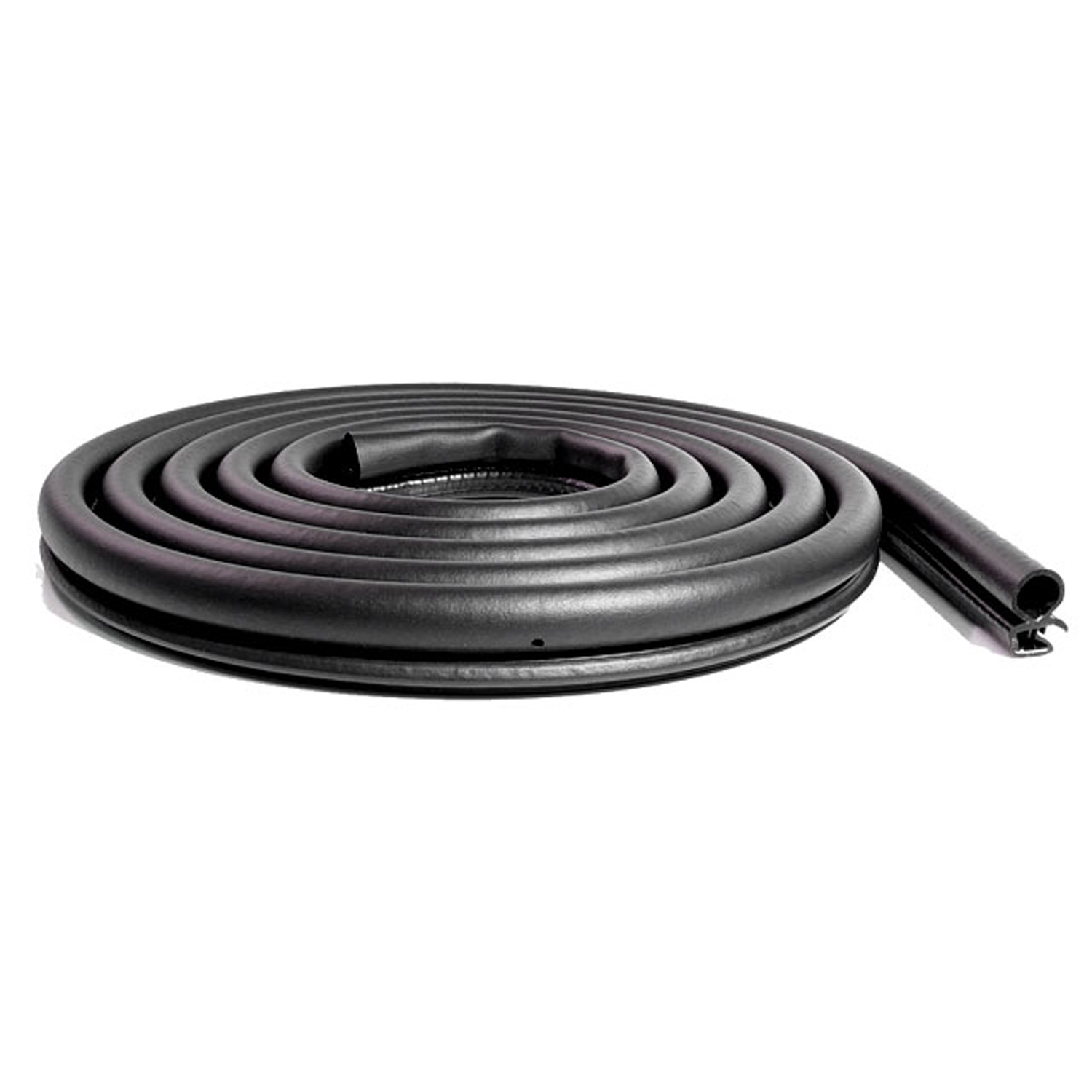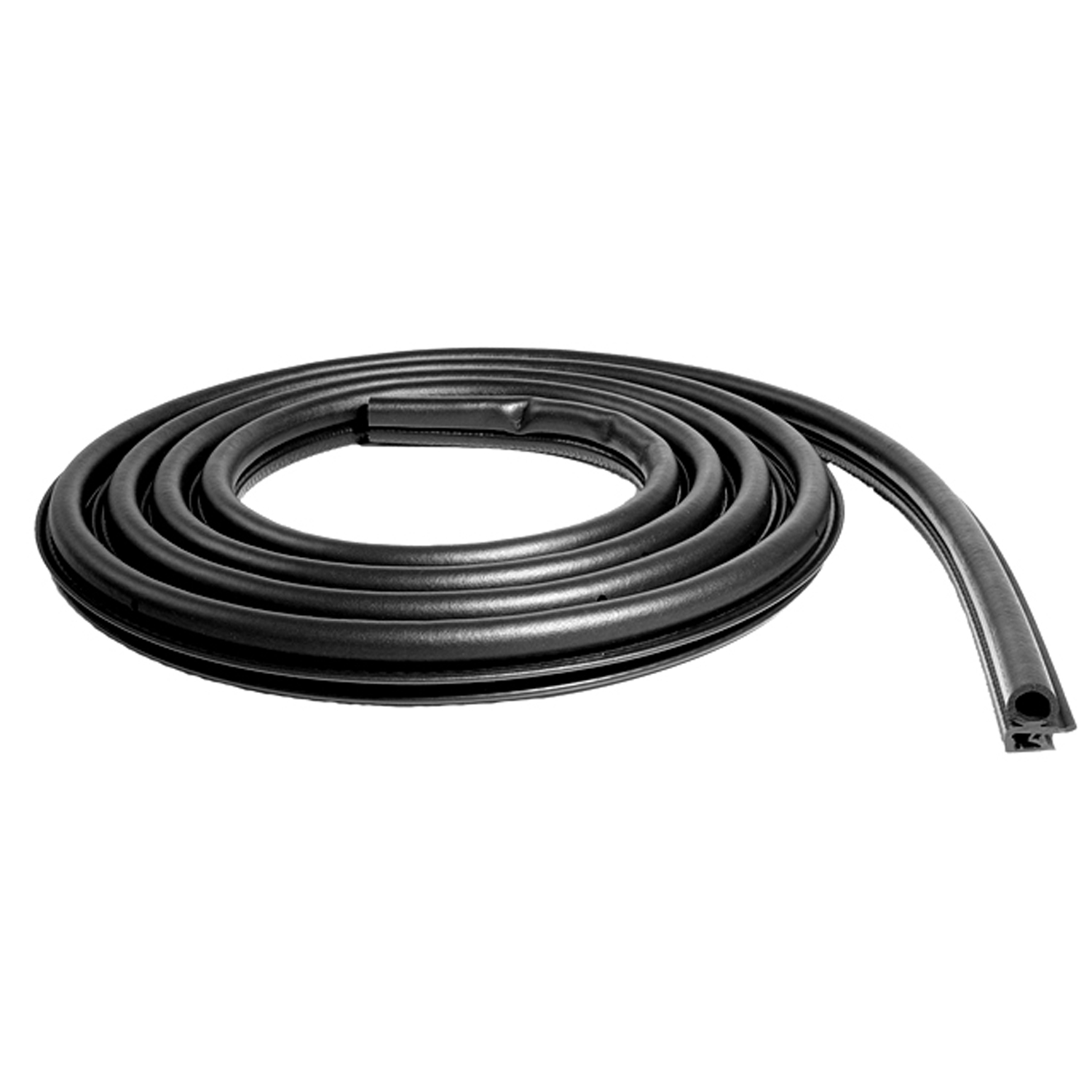Image of 1993 Chevrolet Lumina, Note: These illustrations use artistic license and may differ from actual historical models.
Performance Metrics
Fundamental Metrics
Emotional Appeal
MMP Rating
| Engine Specifications | |
|---|---|
| Engine: | 3.1L V6, 3.4L V6 |
| Displacement: | 189-207 cu in. |
| Horsepower: | 140-210 hp |
| Torque: | 185-215 lb-ft |
| Compression Ratio: | 8.5:1 (3.1L V6), 9.6:1 (3.4L V6) |
| Ignition System: | Electronic |
| Cooling System: | Liquid-cooled |
| Performance Specifications | |
| 0-60 Time: | 8.5-9.5 seconds |
| 1/4 Mile Time: | 16-17 seconds |
| Top Speed: | 120-130 mph |
| Transmission and Drive | |
| Drive Type: | Front-wheel drive |
| Transmission Type: | 4-speed automatic |
| Fuel and Efficiency | |
| Fuel System Type: | Fuel injection |
| MPG: | 18 city / 26 highway |
| Dimensions and Brakes | |
| Brakes: | Front disc / rear drum |
| Wheelbase: | 107.5 in. |
| Weight: | 3,300-3,500 lbs |
Note: Specifications for classic cars are given to the best of our ability, considering the limited and variant data available.
1993 Chevrolet Lumina: A Quintessential American Sedan
The 1993 Chevrolet Lumina stands as a testament to a period when American automakers were reinventing the family sedan. Born from the stables of General Motors, the Lumina was introduced in the late 1980s as a replacement for the aging Chevrolet Celebrity. As part of the GM10 project, it was designed to bring modernity and efficiency into the mainstream market. Notably, the Lumina nameplate gained fame as it was used in NASCAR, with drivers like Jeff Gordon behind the wheel, which added a touch of racing pedigree to its family-friendly image.
Design and Innovation
The exterior of the 1993 Lumina was characterized by its aerodynamic profile, a departure from the boxy shapes of the 1980s. It featured clean lines, a sloped rear window, and a subtle wedge shape that gave it a contemporary look. Inside, passengers were greeted with a functional and straightforward cabin, with an emphasis on comfort and usability. The materials ranged from durable plastics to plush fabrics, reflecting its utilitarian purpose. For its era, it boasted technological advancements such as anti-lock brakes and electronic fuel injection. Color options included hues like Bright White and Medium Adriatic Blue, with the latter often catching eyes in the mid-90s suburban landscape. The sedan body style was most common, but coupes and minivans bearing the Lumina nameplate offered variety for different consumer needs.
Historical Significance
The Lumina's release marked GM's commitment to innovation during a time when competition from foreign manufacturers was intensifying. Its front-wheel-drive layout and V6 engine options were significant at a time when fuel efficiency began to take precedence over raw power. The Lumina also played a role in transitioning Chevrolet's image towards a more modern and globally competitive brand.
Performance and Handling
Performance-wise, the '93 Lumina came equipped with engines ranging from a modest 2.5-liter four-cylinder to a more robust 3.4-liter V6 DOHC engine that pushed its performance boundaries. While not designed as a sports car, it offered respectable acceleration, with some trims capable of reaching 0-60 mph in under 10 seconds—a commendable feat for a mid-sized family sedan of its time. Handling was tuned for comfort rather than sportiness; however, it provided stable and predictable road manners that were well-suited for everyday driving.
Ownership Experience
As a daily driver, the Lumina earned praise for its spacious interior and trunk space, making it ideal for families or those requiring room for longer trips. It was known for being relatively easy to maintain with many parts readily available due to its common platform shared with other GM vehicles. However, like many cars of its era, some owners reported issues related to transmission longevity and electrical gremlins.
Fun Facts
A curious piece of trivia is that despite its mainstream appeal, there existed a high-performance version called the Lumina Z34 which featured a sport-tuned suspension and more aggressive styling cues. Although not widely known for breaking records or celebrity ownerships, its NASCAR variant certainly added an exciting chapter to its history.
Collector's Information
Today, finding a 1993 Chevrolet Lumina in pristine condition can be quite rare. With production numbers well into the hundreds of thousands across all variants during its run, many have succumbed to age or have been retired after years of service. As such, they are not typically seen as collector's items; however, well-maintained examples can fetch anywhere from $1,500 to $5,000 depending on condition and mileage.
Conclusion
The 1993 Chevrolet Lumina may not be remembered as an icon of automotive innovation or design but it served as an important player in GM's lineup during a time of transition within the industry. It offered reliability and practicality at an affordable price point—a formula that resonated with many American families throughout the 90s.
1993 Chevrolet Lumina Catalog of Parts
 1993 Chevrolet Lumina Extruded door seal (imported). Universal replacement part-IS-MW00100Extruded door seal (imported). Universal replacement part. Made with flexible steel core. Fits front or rear and either side on passenger doors. Does not fit slider/cargo doors and liftgates on vans and mini-vans. 1-3/16 in. X 3/4 in. X 13 ft. 4 in. Each.
1993 Chevrolet Lumina Extruded door seal (imported). Universal replacement part-IS-MW00100Extruded door seal (imported). Universal replacement part. Made with flexible steel core. Fits front or rear and either side on passenger doors. Does not fit slider/cargo doors and liftgates on vans and mini-vans. 1-3/16 in. X 3/4 in. X 13 ft. 4 in. Each. 1993 Chevrolet Lumina Molded Door Seal. Fits either side of 2 door model. Each-LM 108Molded Door Seal. Fits either side of 2 door model. Each
1993 Chevrolet Lumina Molded Door Seal. Fits either side of 2 door model. Each-LM 108Molded Door Seal. Fits either side of 2 door model. Each 1993 Chevrolet Lumina Trunk Seal for 2-Door and 4-Door. 12'10" long. Each-TK 46-HTrunk Seal for 2-Door and 4-Door. 12'10" long. Each
1993 Chevrolet Lumina Trunk Seal for 2-Door and 4-Door. 12'10" long. Each-TK 46-HTrunk Seal for 2-Door and 4-Door. 12'10" long. EachWhy Choose Metro?
For over 100 years, Metro Moulded Parts has been the pinnacle of quality in classic car restoration parts. Our commitment to precision and authenticity in every component ensures a perfect fit and an OEM-level appearance.
- Expert Craftsmanship & Quality: Each part is a testament to our dedication to reliability and perfection, crafted from original designs and thoroughly tested.
- Advanced Technology: We use cutting-edge techniques to create flawless, long-lasting parts that surpass others in performance.
- SuperSoft Sponge – The Ultimate Door Seal: Not only are our door seals 30% softer than competitors', but they're also guaranteed to never leak. They effectively reduce wind and road noise, enhancing your classic car's comfort and driving experience.
- Proudly American: Our parts are a product of American craftsmanship, made in the USA with a spirit of excellence and heritage.
- Unrivaled Warranty: We back our products with a 30-year industry-leading warranty, a testament to our confidence in their quality.
Join us in preserving the legacy of classic cars with parts that are crafted for perfection, not just made.

